Revised VAT Hike Will See one percent Increase Over 2025 and 2026 from 15% to 16%
Finance Minister Enoch Godongwana has unveiled a new tax proposal that will see South Africa’s value-added tax (VAT) rate rise from 15% to 15.5% this financial year, with another 0.5 percentage point increase in 2026. This will bring the VAT rate to 16%, marking the first increase since 2018. The move is expected to generate R28 billion for the fiscus in the 2025/26 financial year.
This revised proposal is a scaled-down version of the initial two-percentage-point VAT hike that Godongwana attempted to introduce in February. That proposal was blocked by Government of National Unity (GNU) partners at a last-minute Cabinet meeting, leading to a delay in the national budget’s tabling.
VAT is a consumption tax levied on goods and services, meaning it is paid by consumers at the point of sale. It is one of the government’s most significant revenue sources, contributing to a substantial portion of the national budget. The proposed increase comes at a time when South Africa faces severe financial strain due to sluggish economic growth, declining tax revenue, and mounting social welfare demands. Godongwana emphasised that the decision was not made lightly, acknowledging the economic pressure many South Africans are under. However, he argued that VAT remains the most effective way to generate the revenue needed to sustain essential services such as healthcare and education.
“Madam Speaker, this decision was not made lightly. No minister of finance is ever happy to increase taxes. We are aware of the fact that a lower overall burden of tax can help to increase investment and job creation and also unlock household spending power,” he said during the announcement.

South African Currency, via needpix.com

Imagery by Pixabay, via Pexels
To soften the impact of the increase, the number of tax-free goods will be expanded, and social grants will be increased above inflation—though by a smaller margin than previously proposed. Godongwana defended the decision to focus on VAT rather than raising personal income tax or corporate tax, stating that Treasury has found that previous increases to personal income tax did not yield the expected revenue due to tax avoidance and lower compliance rates. Raising corporate taxes, he argued, would further harm business profitability, discourage investment, and lead to job losses. “Corporate tax collections have declined over the last few years, an indication of falling profits and a trading environment worsened by the logistics constraints and rising electricity costs,” Godongwana noted.
Similarly, South Africa’s personal income tax rates are already high compared to other developing nations, making further increases impractical. Instead of adjusting tax brackets for inflation, the government is opting to keep them unchanged, meaning that as wages rise with inflation, more taxpayers will be pushed into higher tax brackets, generating additional revenue without an explicit rate hike.
The need for additional tax revenue stems partly from years of economic mismanagement, poor revenue collection, and major inefficiencies in government spending. South Africa’s budget deficits have widened due to sluggish GDP growth, state-owned enterprise bailouts and underperformance in tax collection.
The VAT increase will directly impact the cost of living, as consumers will pay more for taxable goods and services. This will disproportionately affect lower- and middle-income households, who spend a higher portion of their earnings on essentials. To mitigate the burden, the government has announced an extension of the list of zero-rated food items—products exempt from VAT. Newly added tax-free items include canned vegetables, dairy liquid blends, and organ meats from sheep, poultry, and other animals.
Despite these measures, the increase is likely to lead to higher inflationary pressure on household budgets. Many South Africans are already struggling with rising fuel costs, electricity tariff hikes, and stagnant wages, making even a small VAT increase a significant concern.
Godongwana’s proposal is expected to face significant opposition in Parliament. With the ANC lacking a majority, it will need the support of GNU coalition partners to pass the bill. Opposition parties, including the DA, have already expressed their disapproval of the budget in its current form. Meanwhile, other GNU members, such as the IFP, are pushing for alternative tax measures.
With South Africa’s economic challenges mounting, the VAT hike debate underscores a broader issue—how the government plans to grow the economy and manage fiscal sustainability without overburdening already struggling citizens, especially considering public service delivery (the biggest purpose of tax collection) has waned significantly in recent years. Godongwana has stressed that raising VAT is the least harmful of the available options, but whether Parliament and the public will accept this remains to be seen.
For more news, visit the Connect Everything Collective homepage www.ceconline.co.za

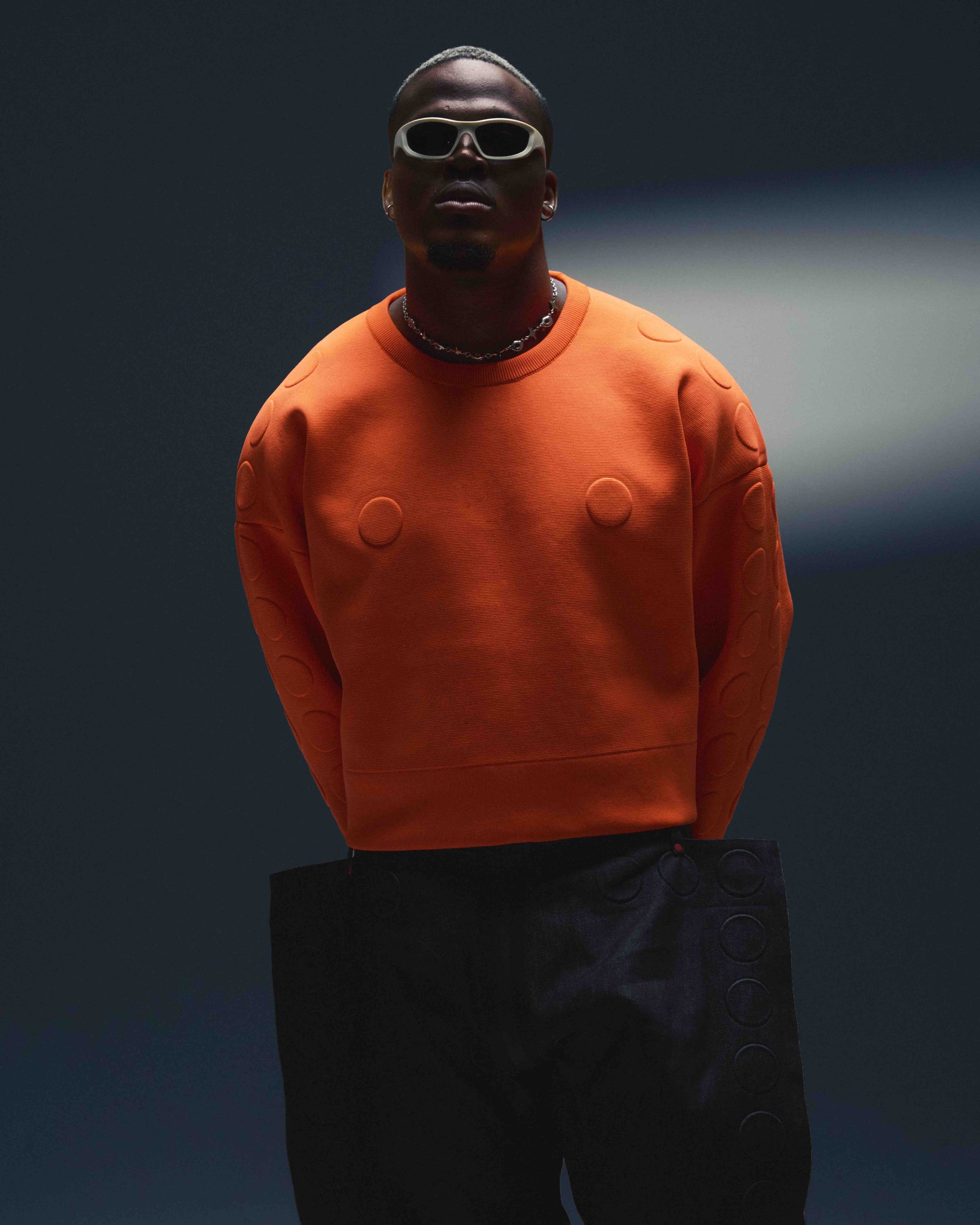
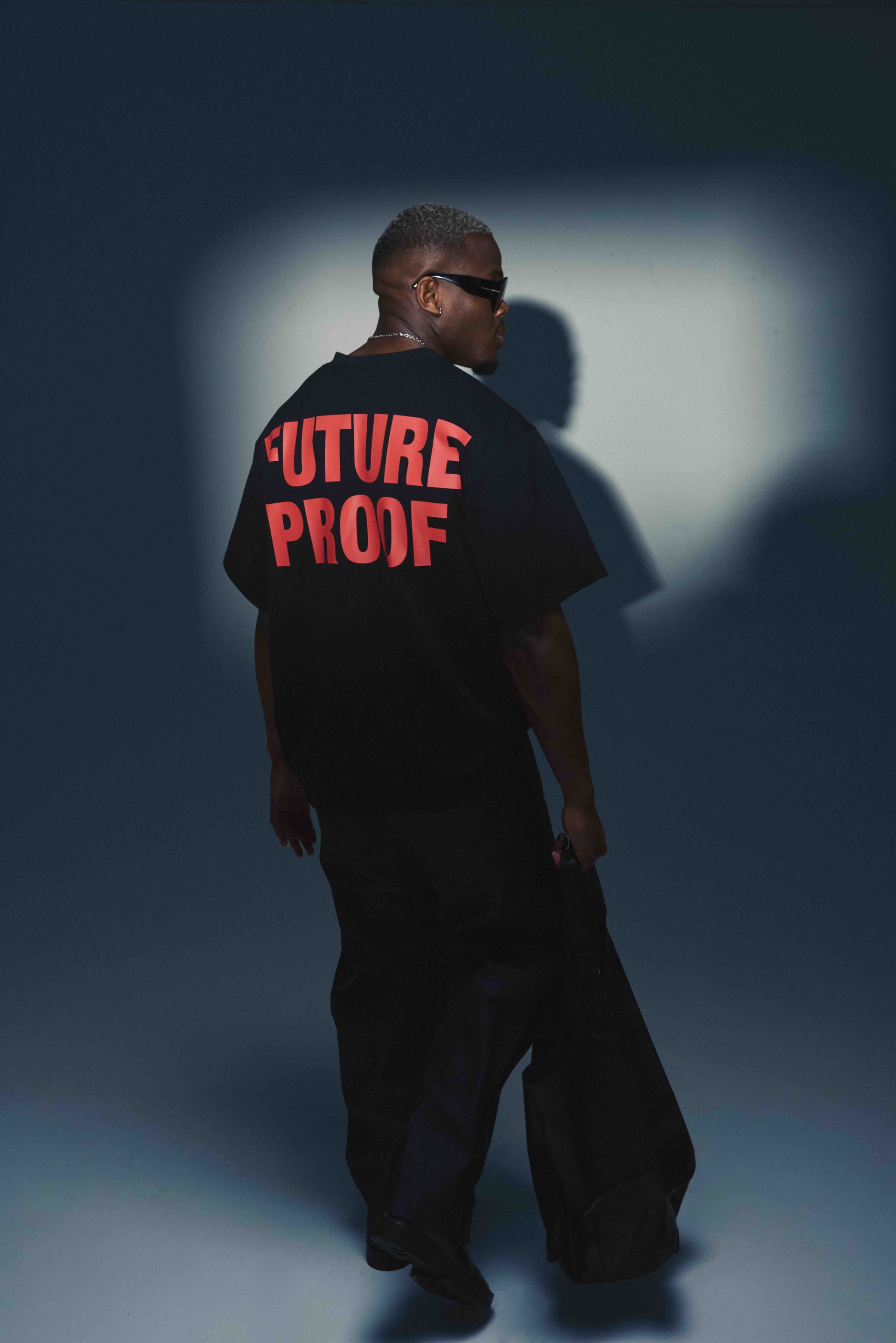
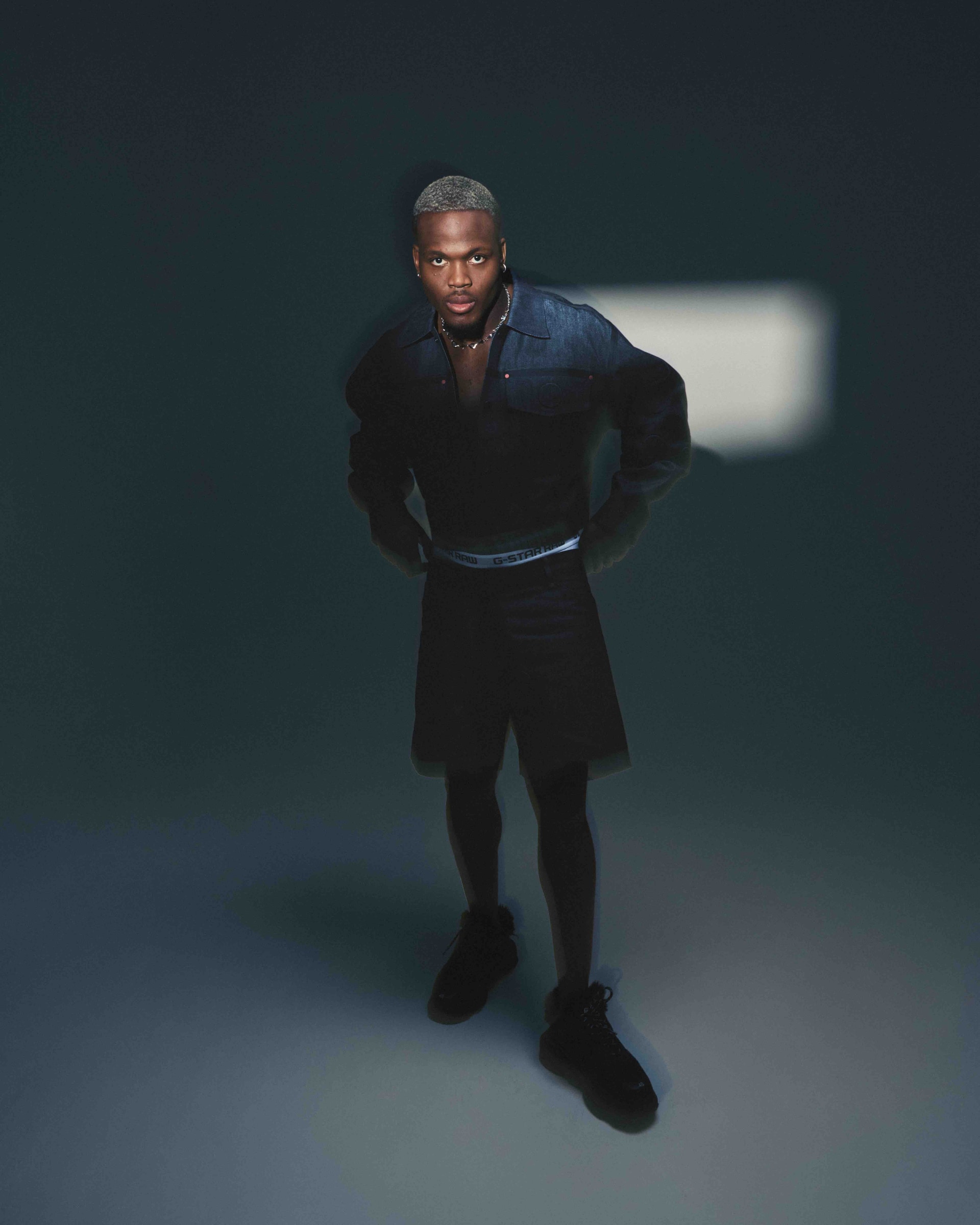

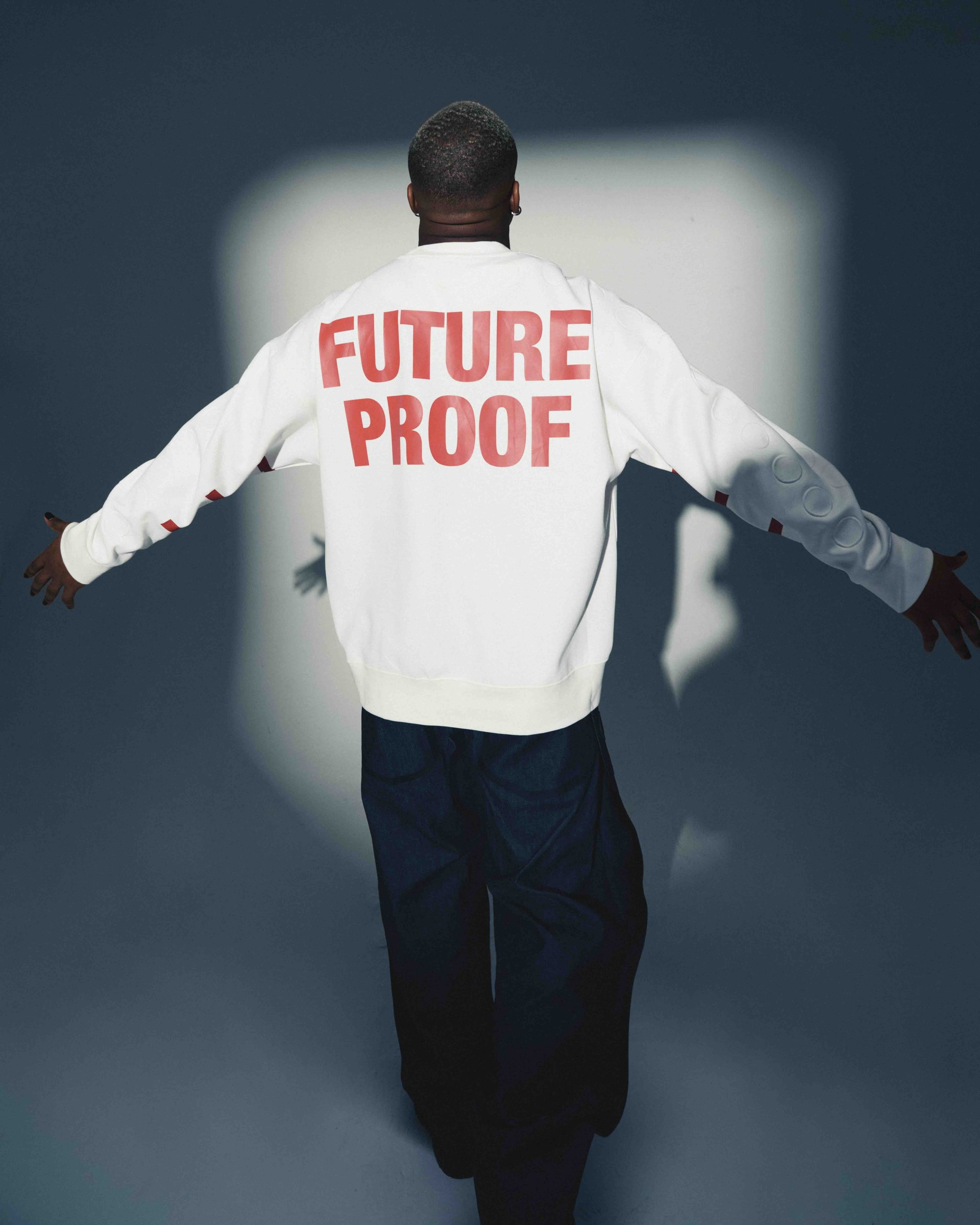
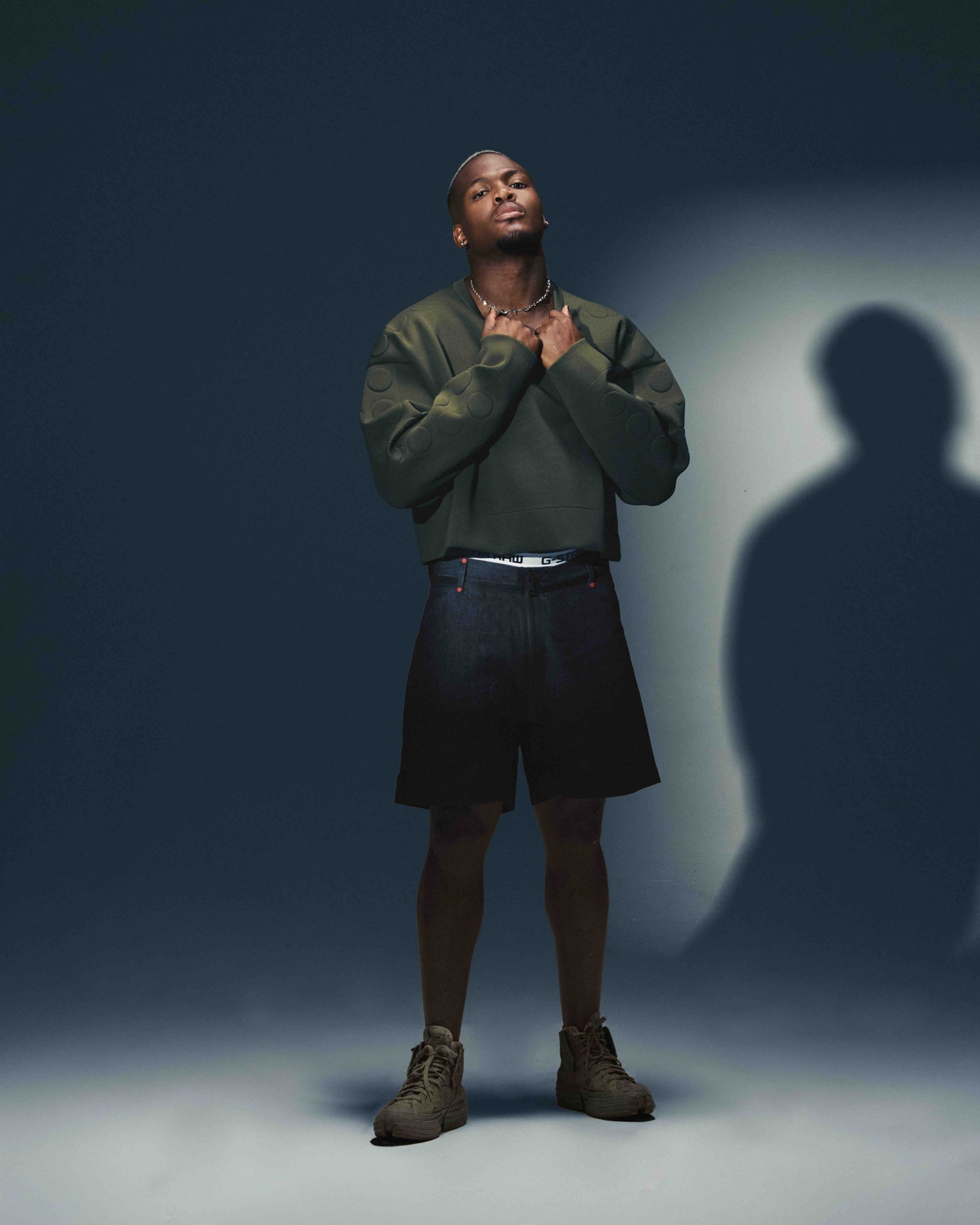
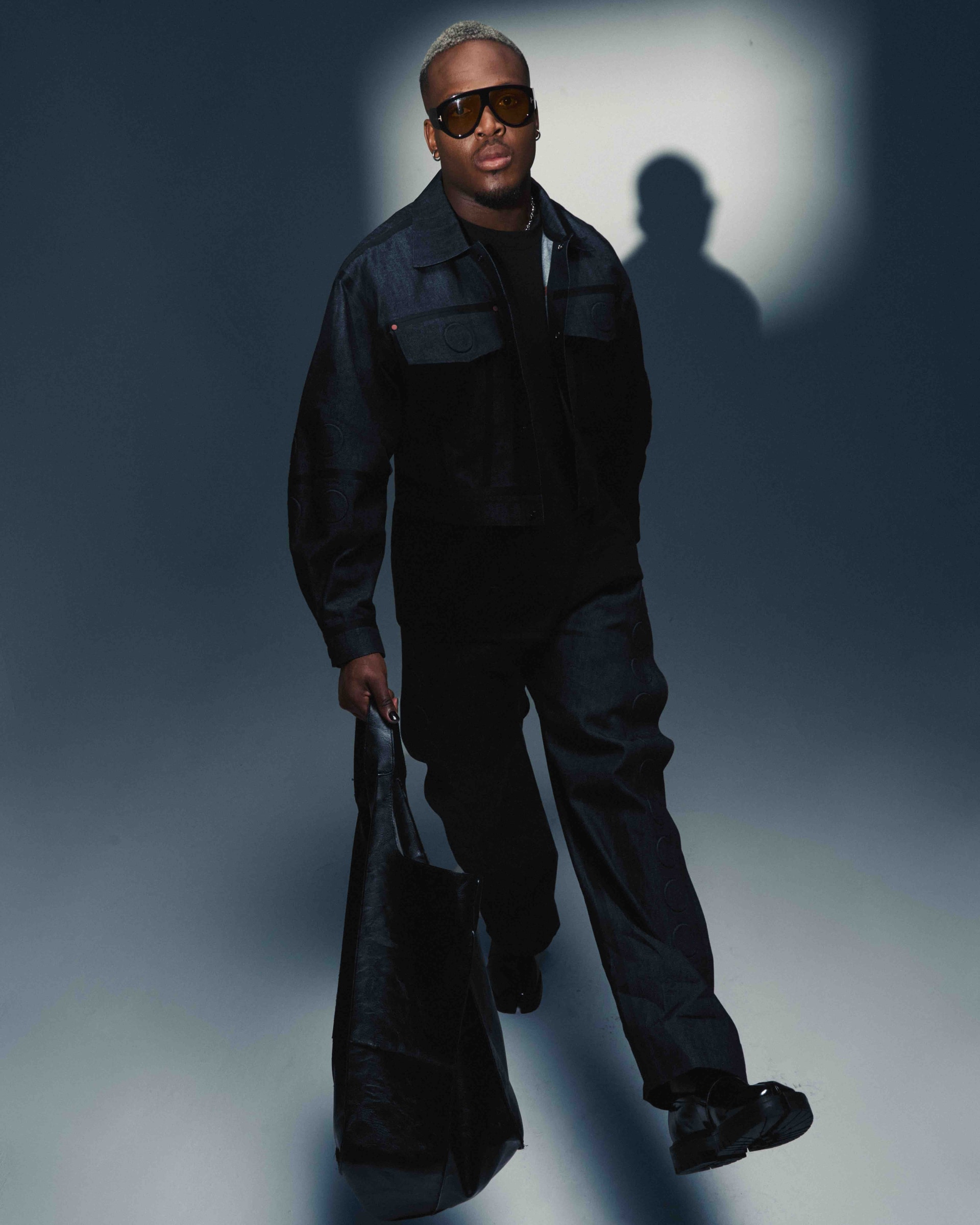
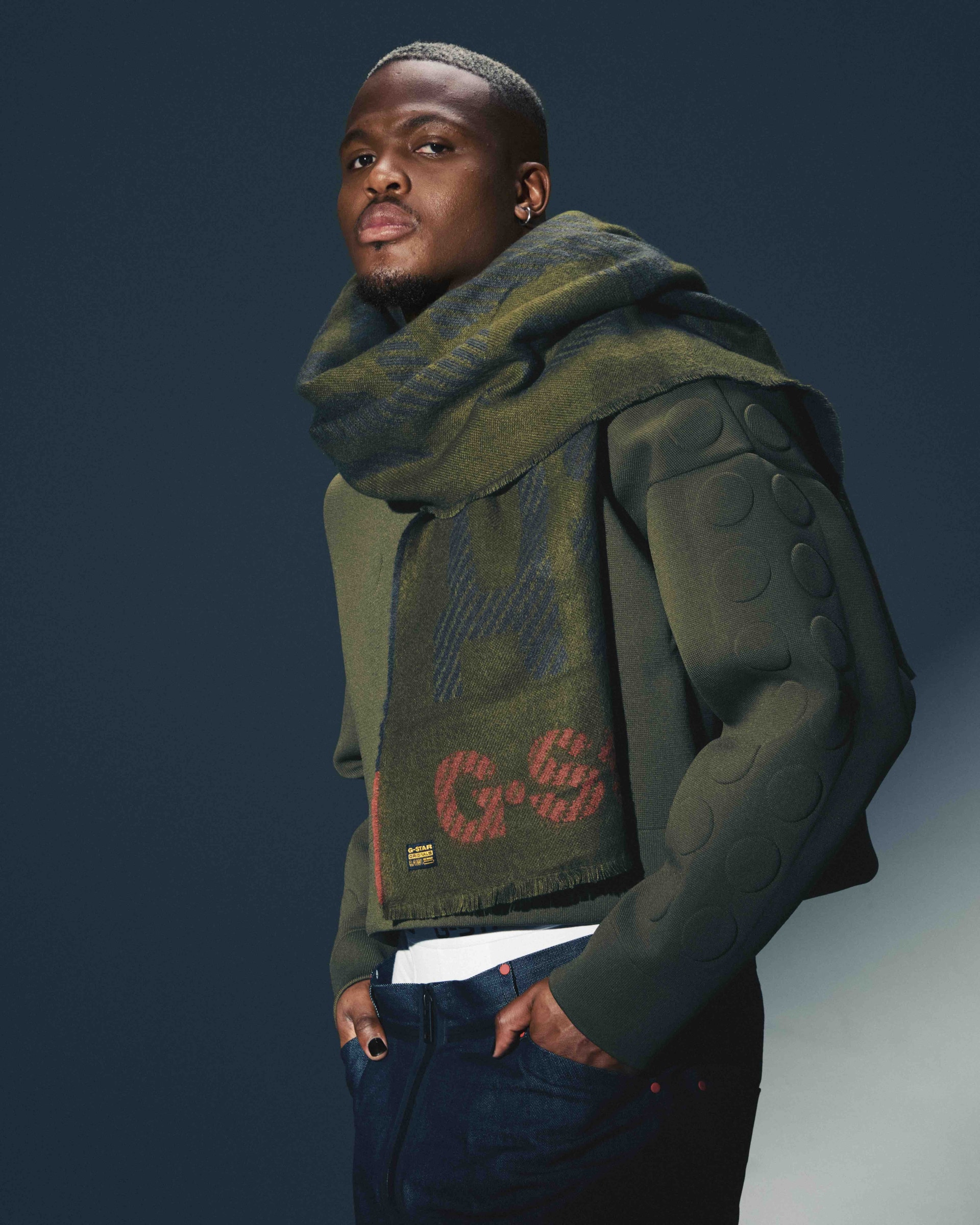
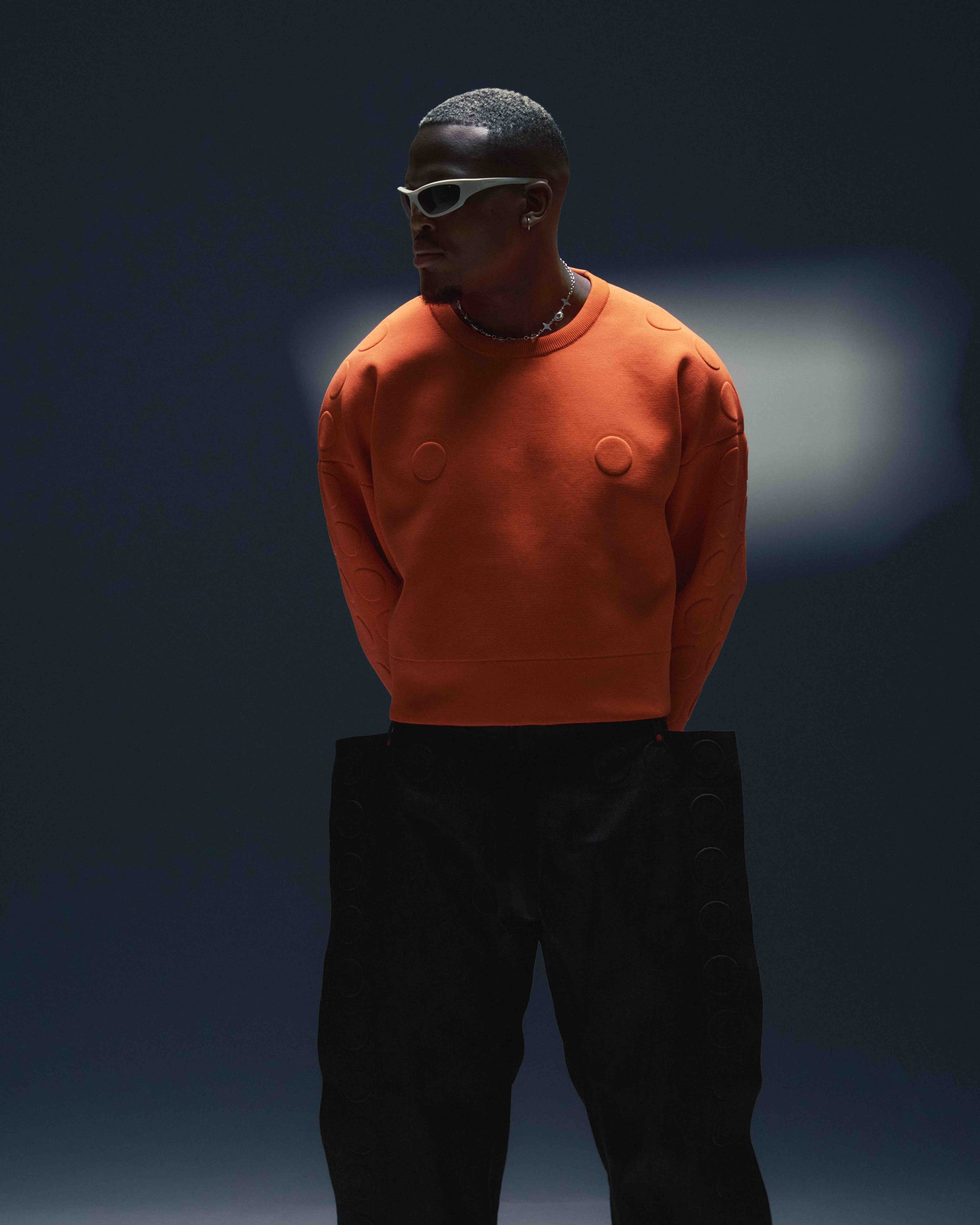
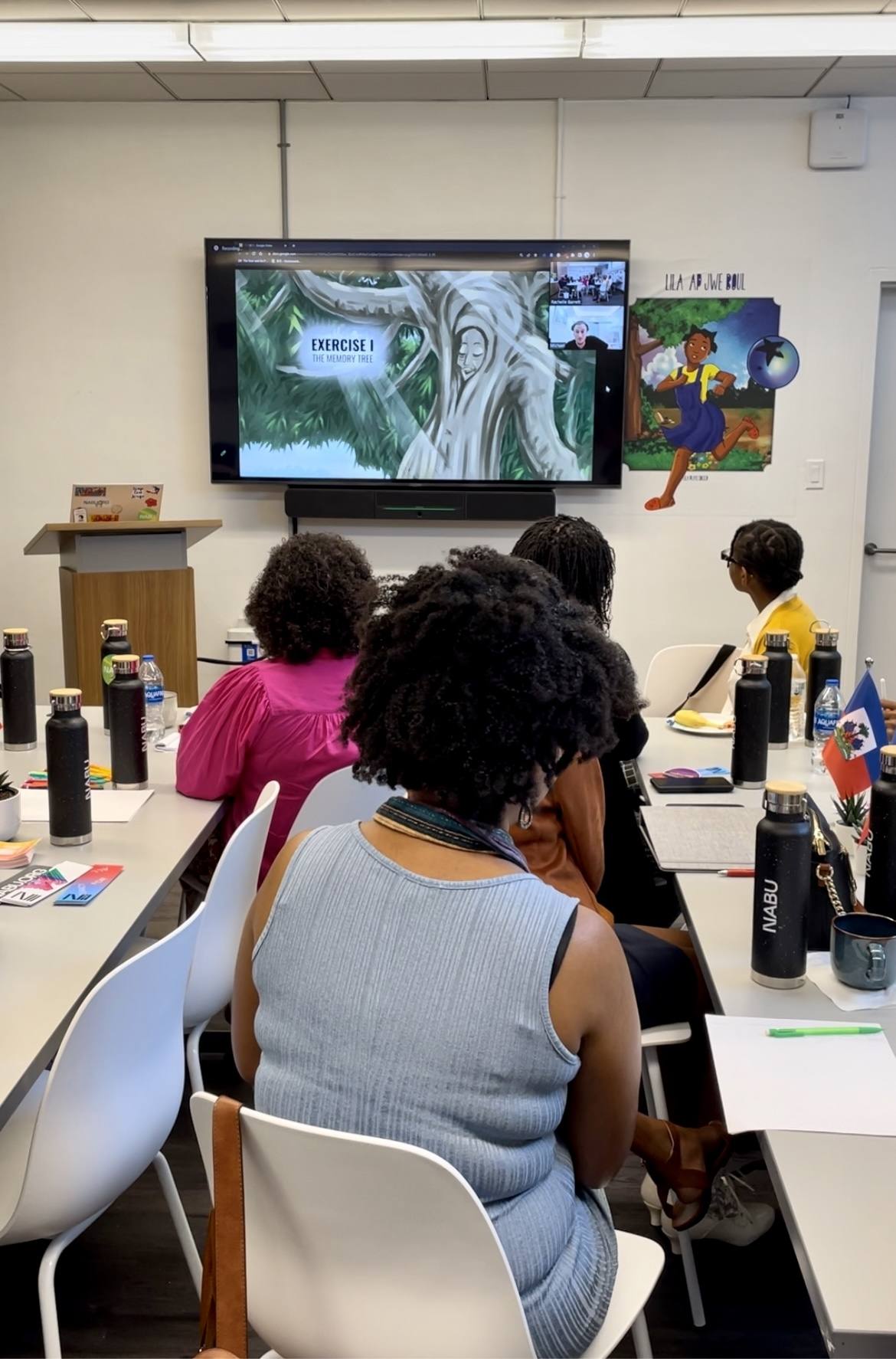
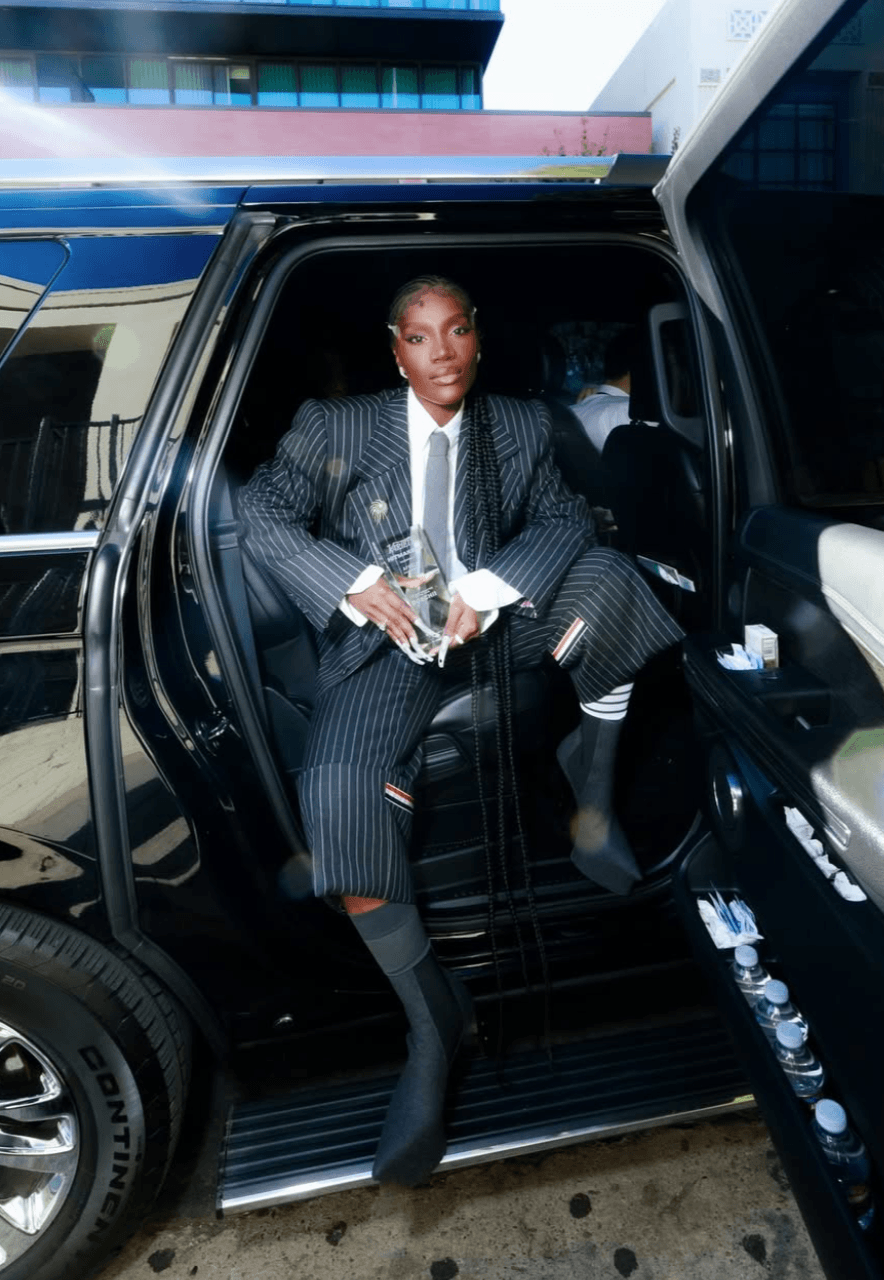
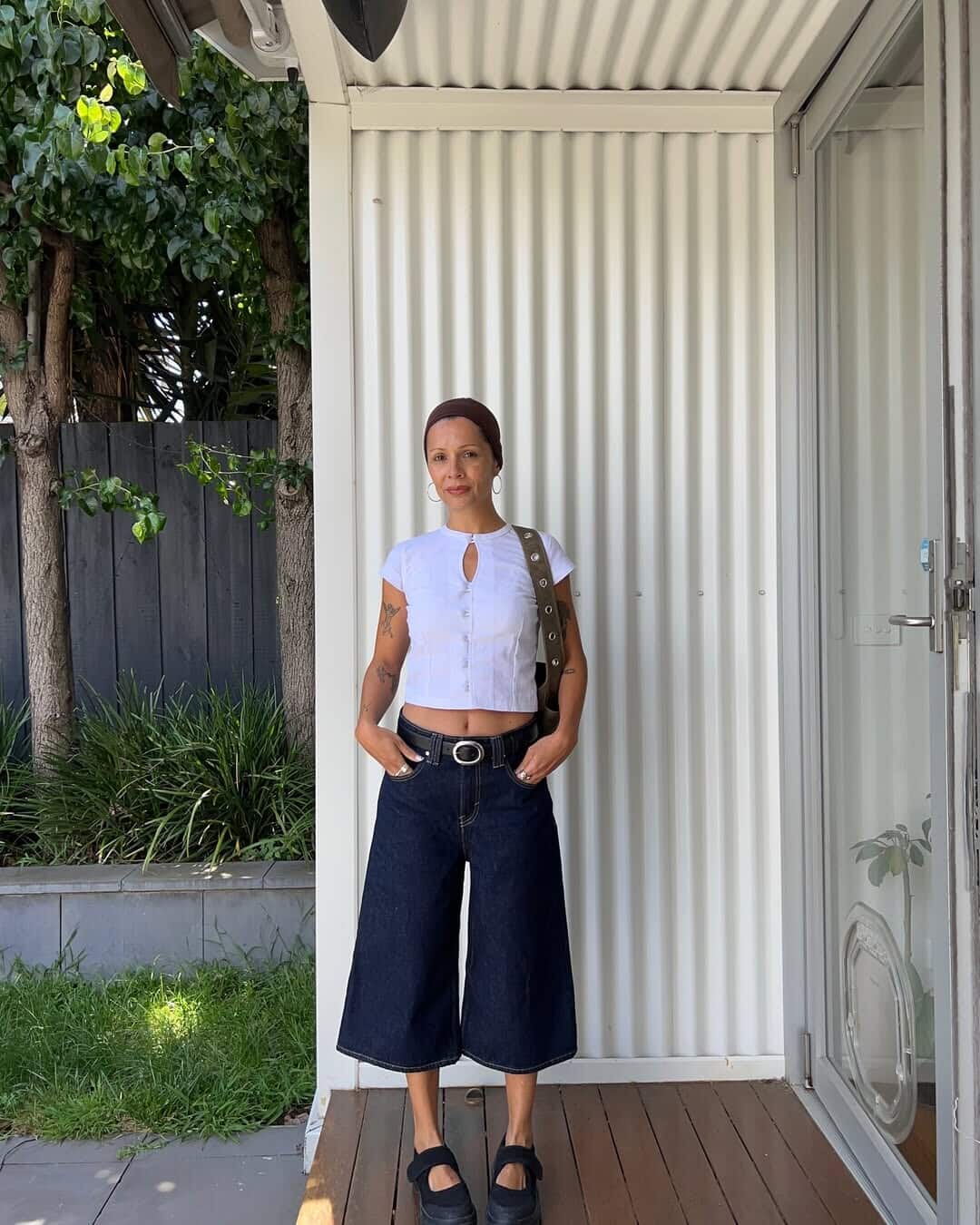
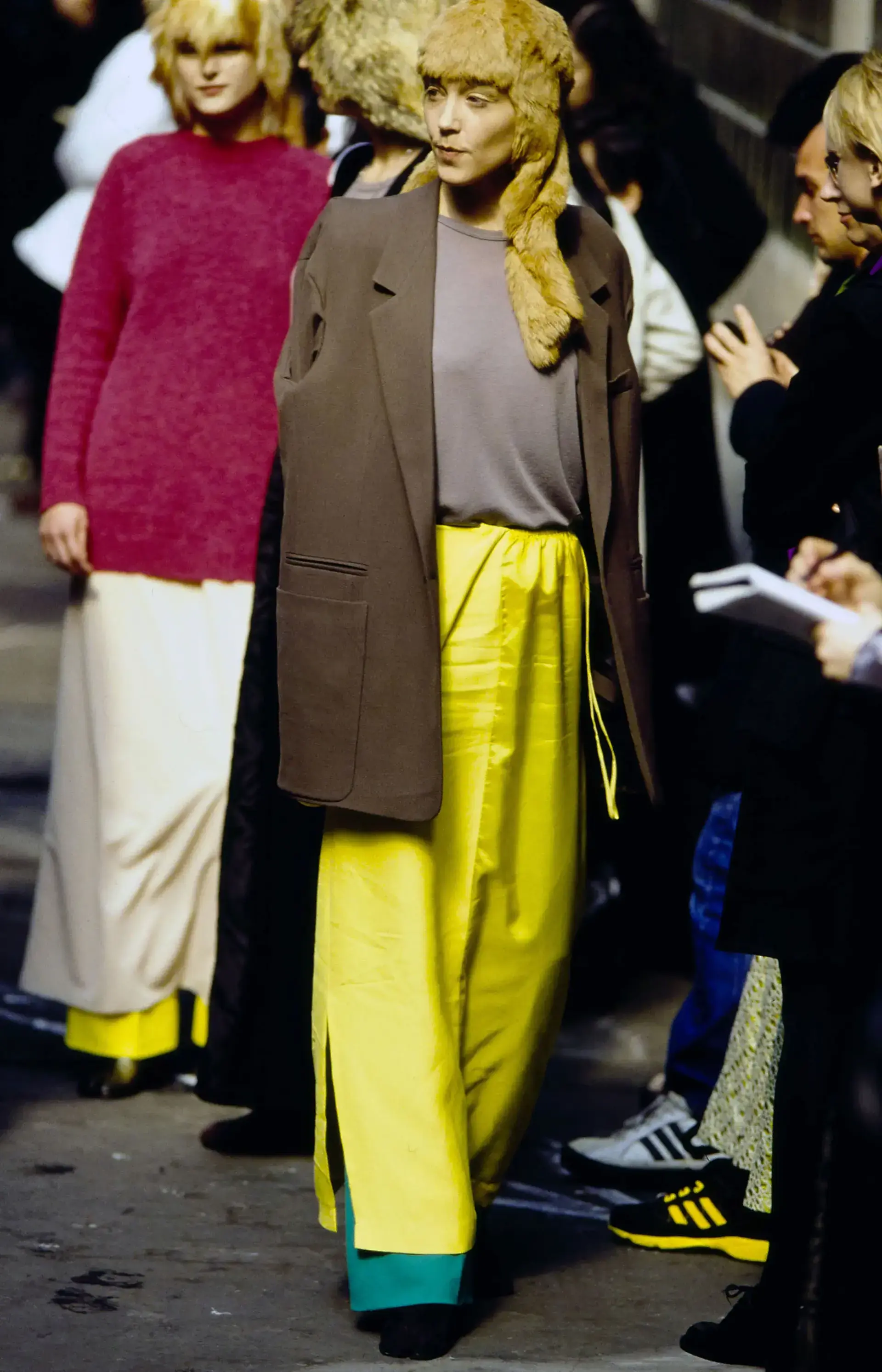
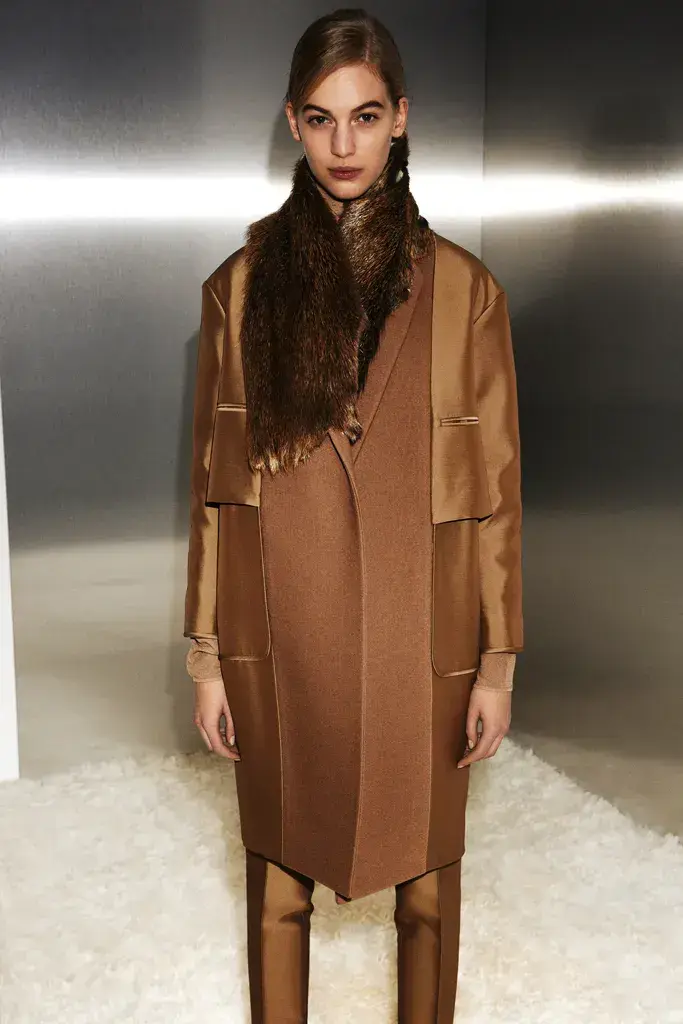
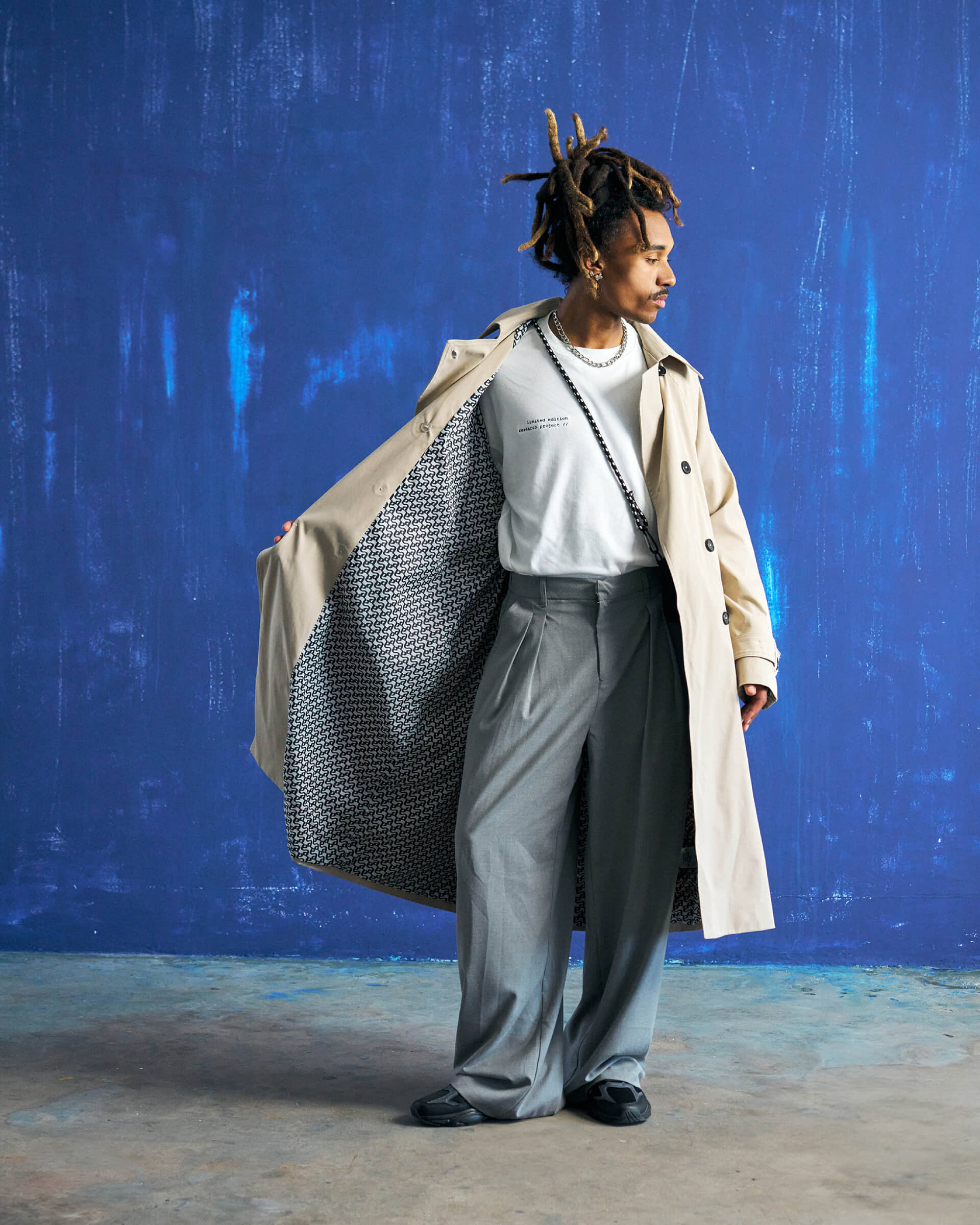
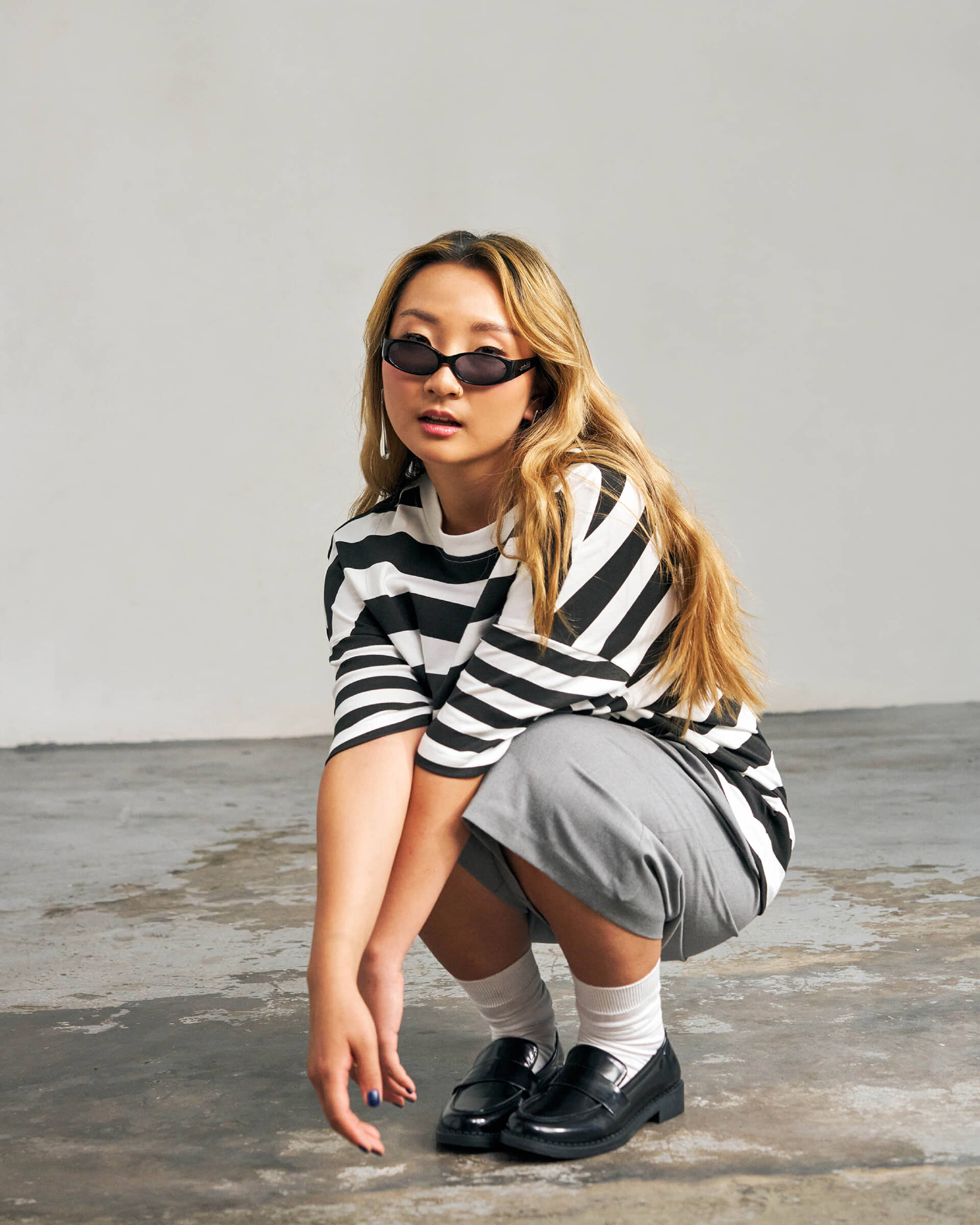
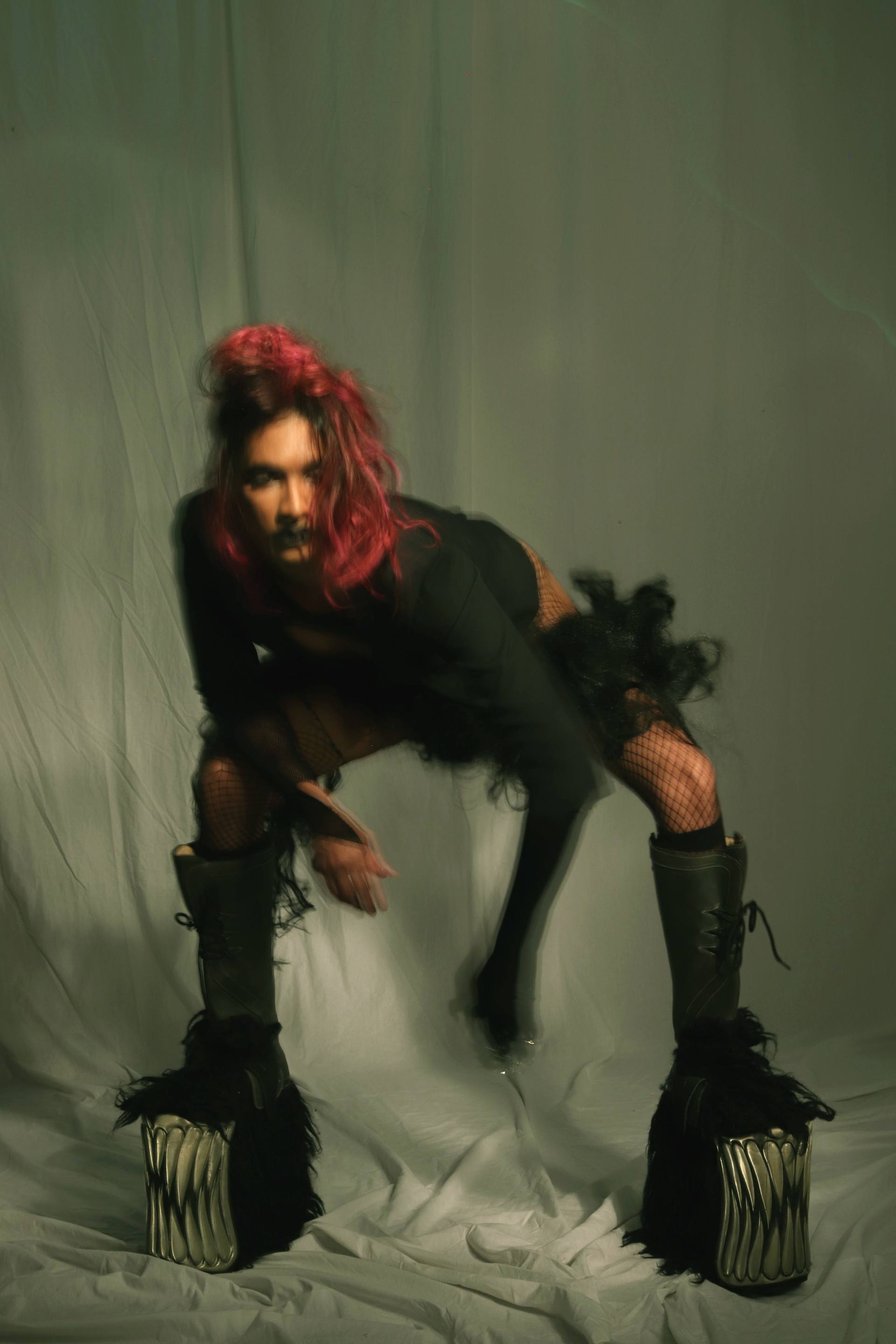

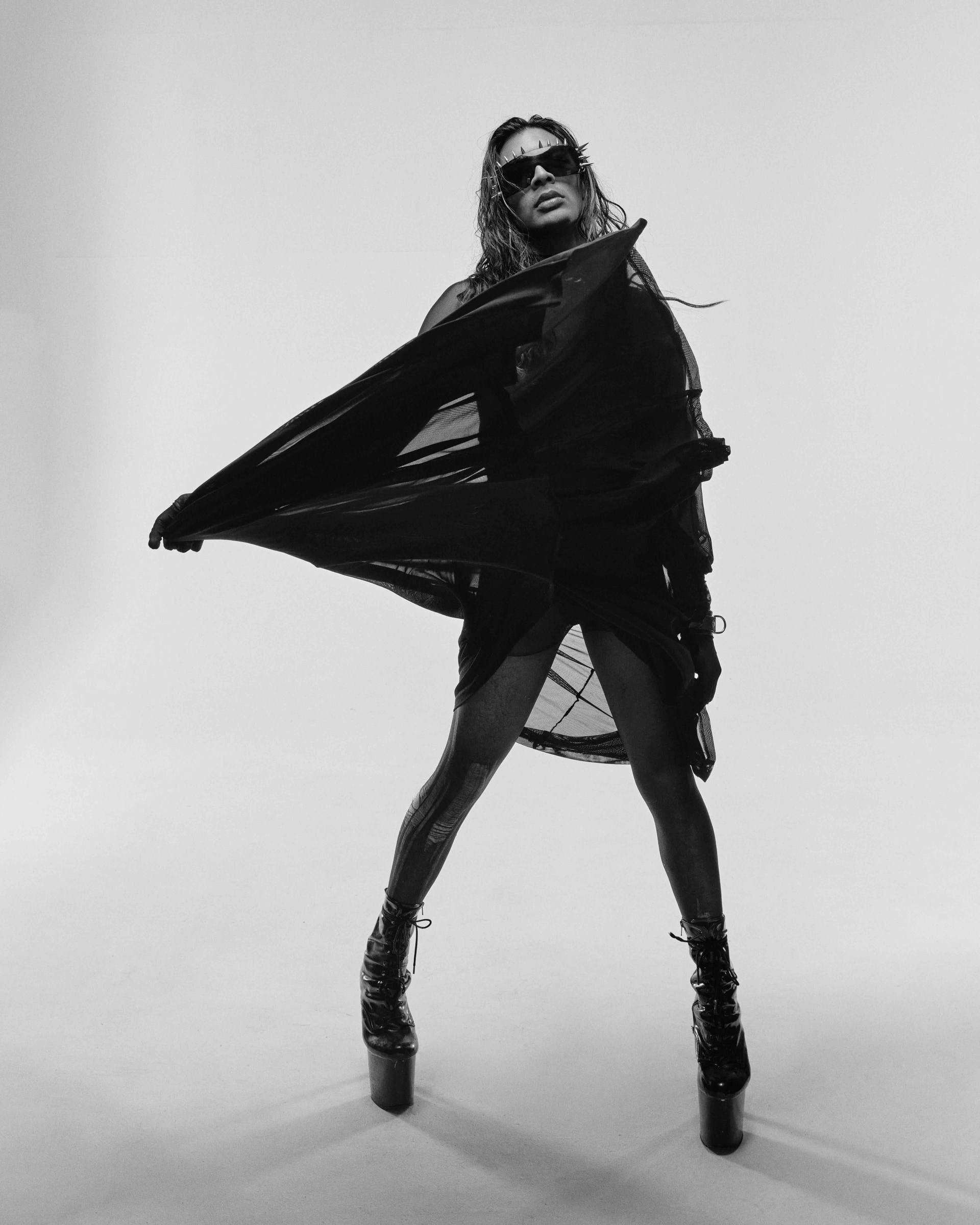
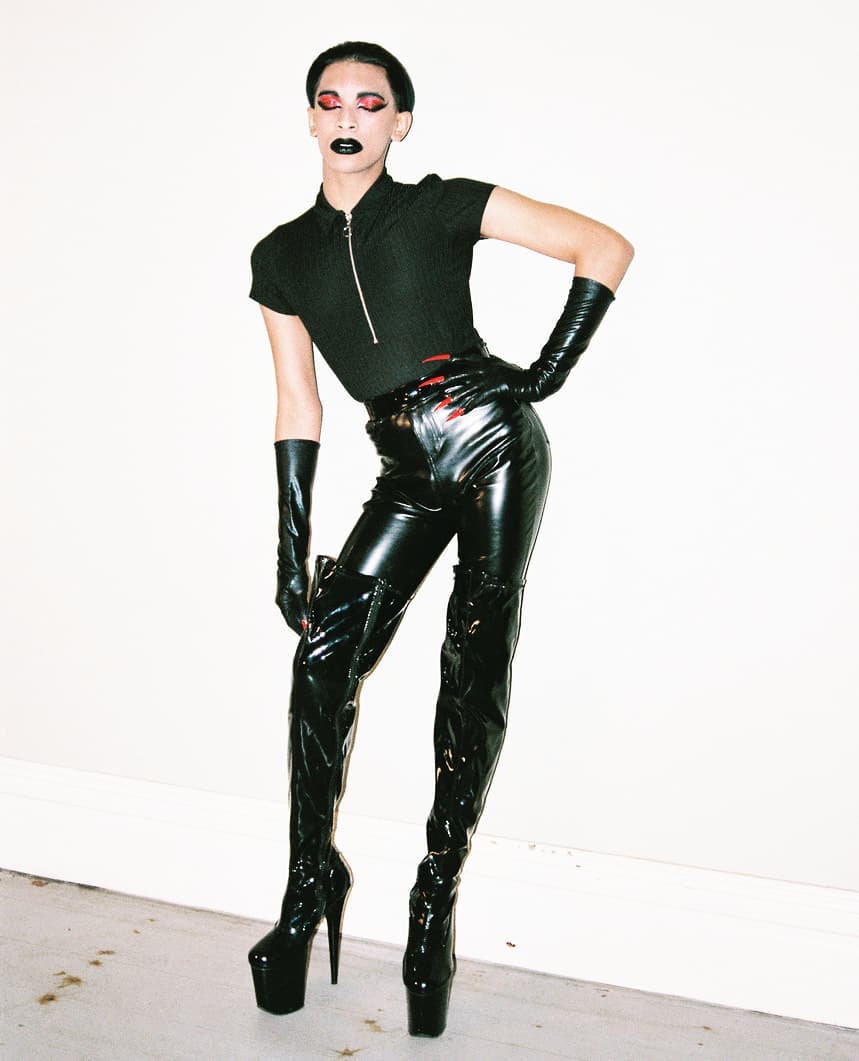
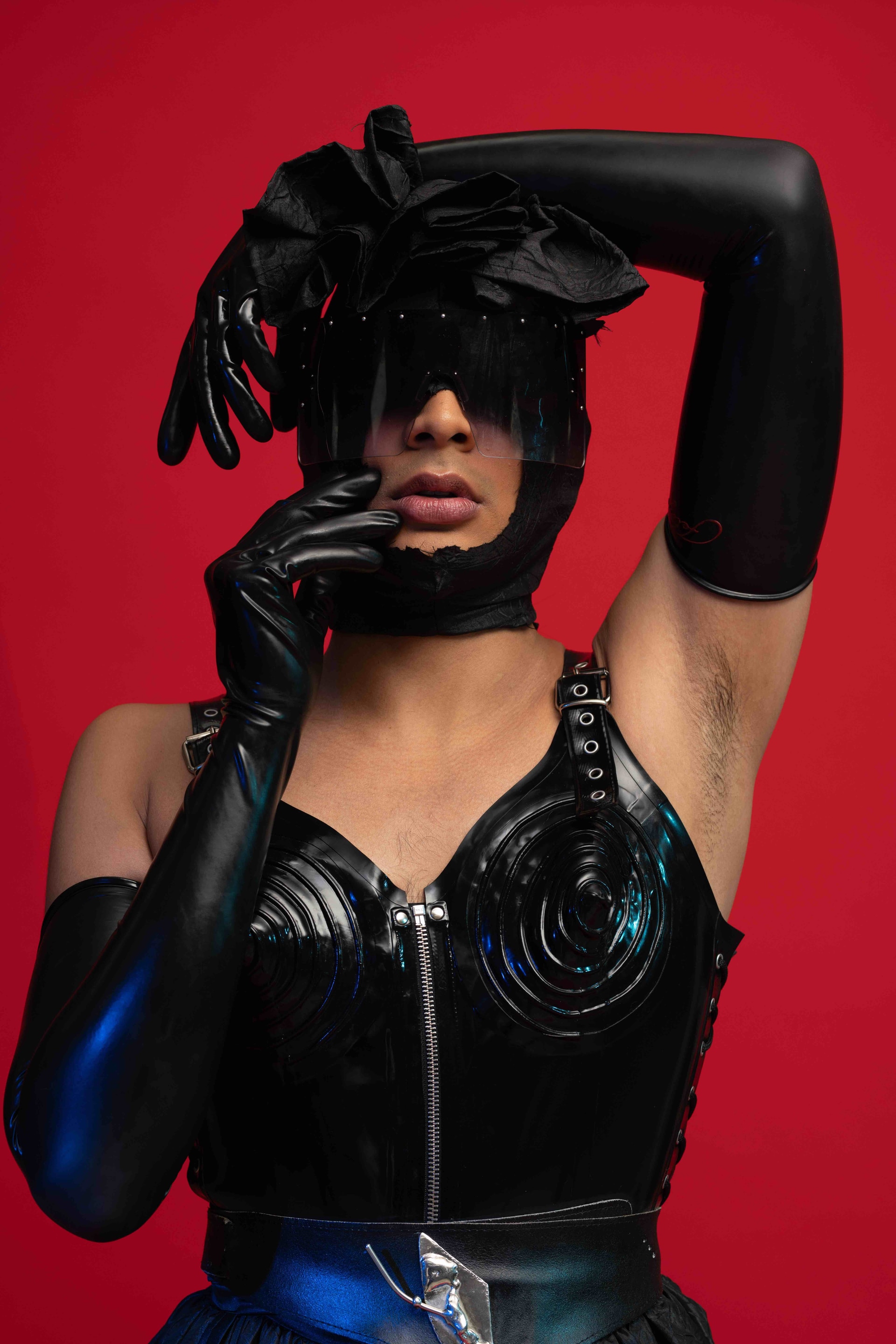


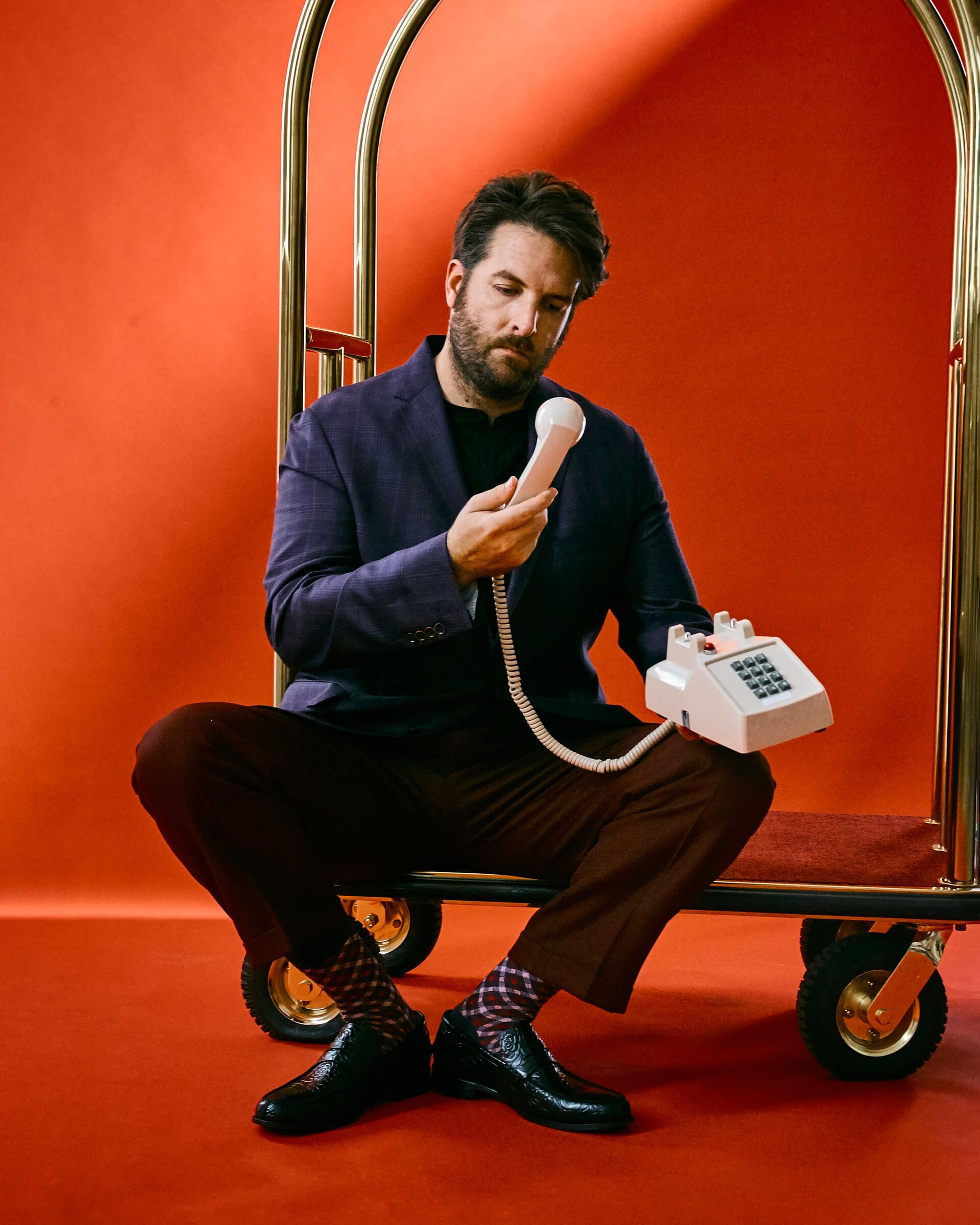
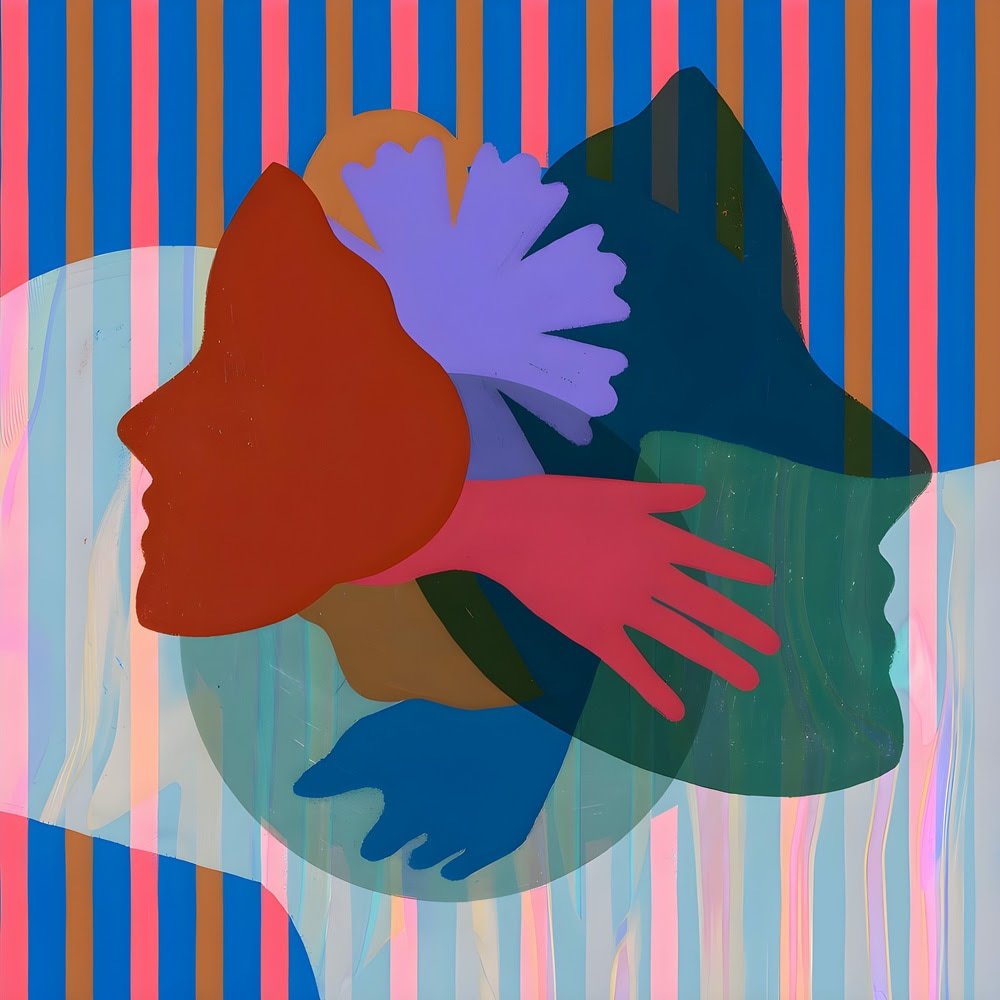
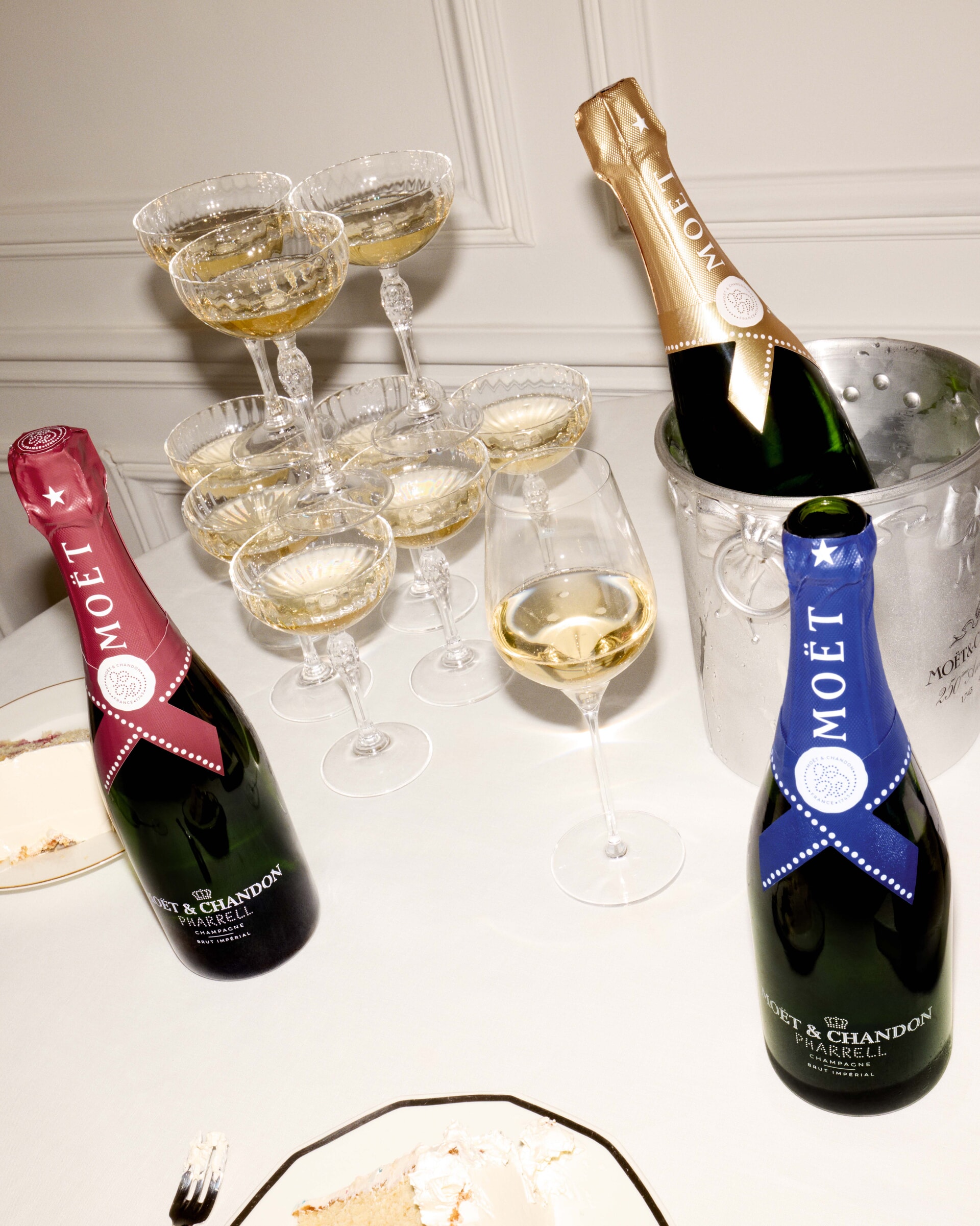
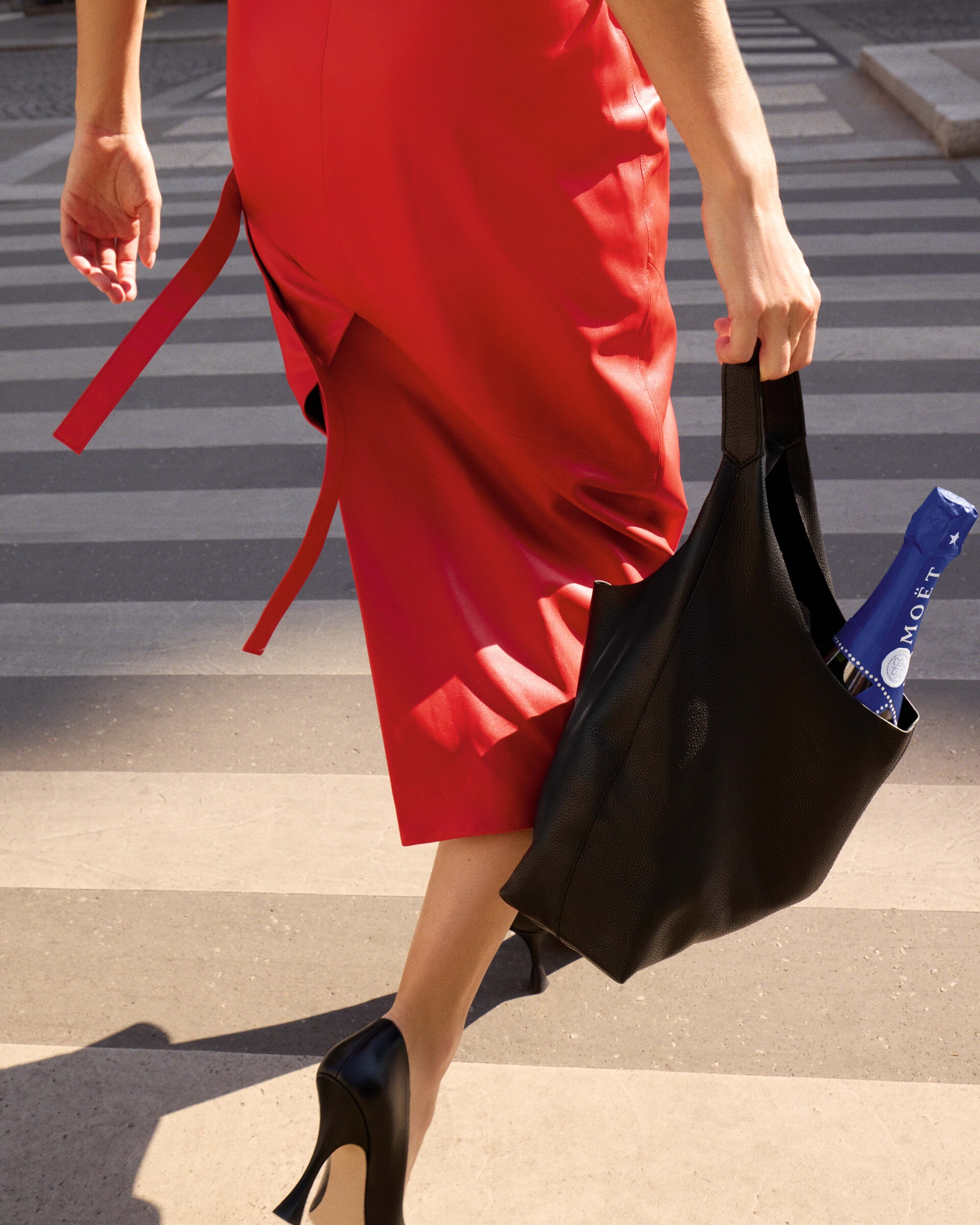
Recent Comments